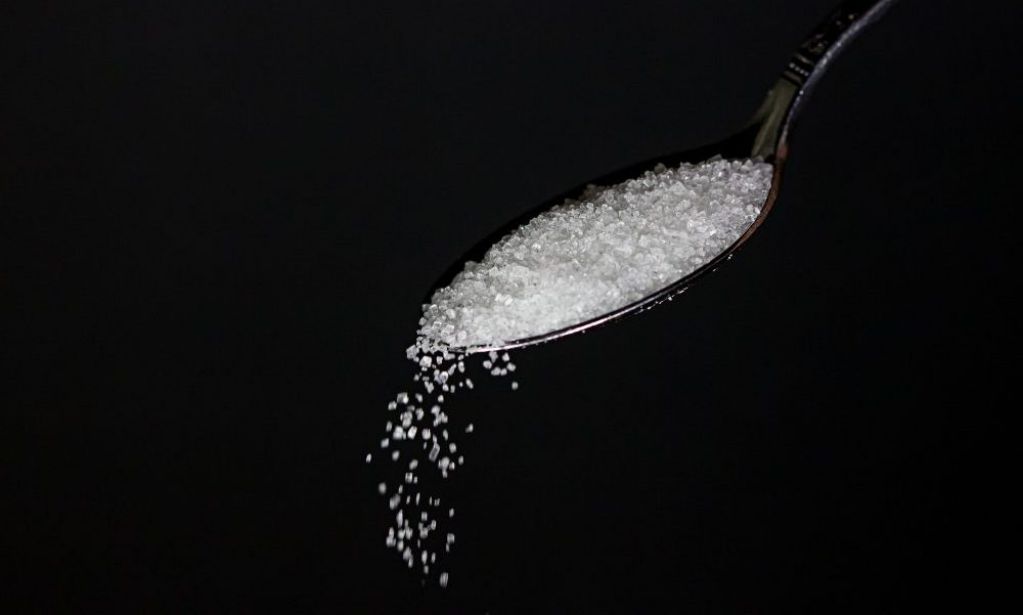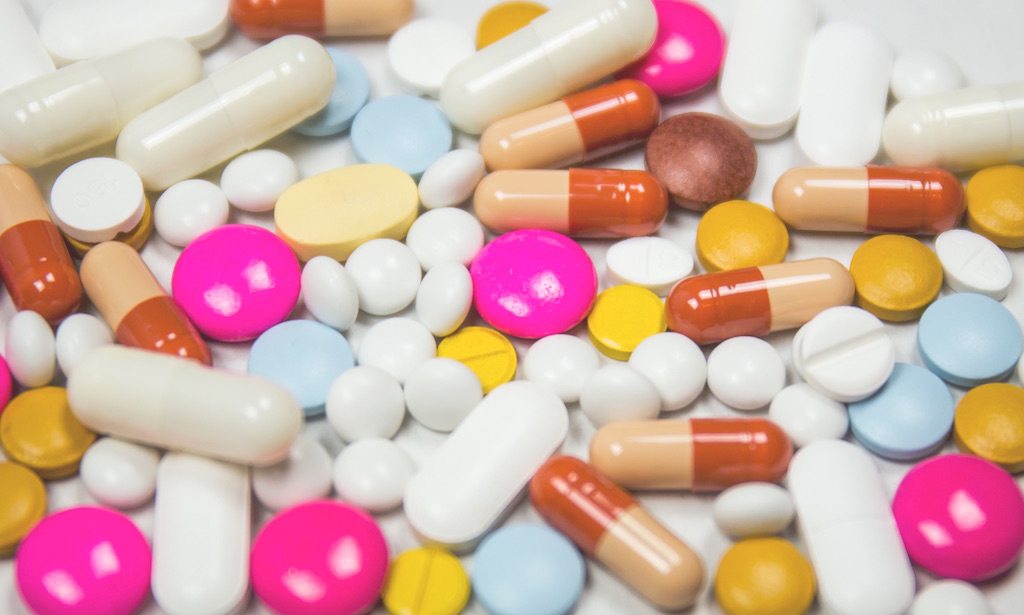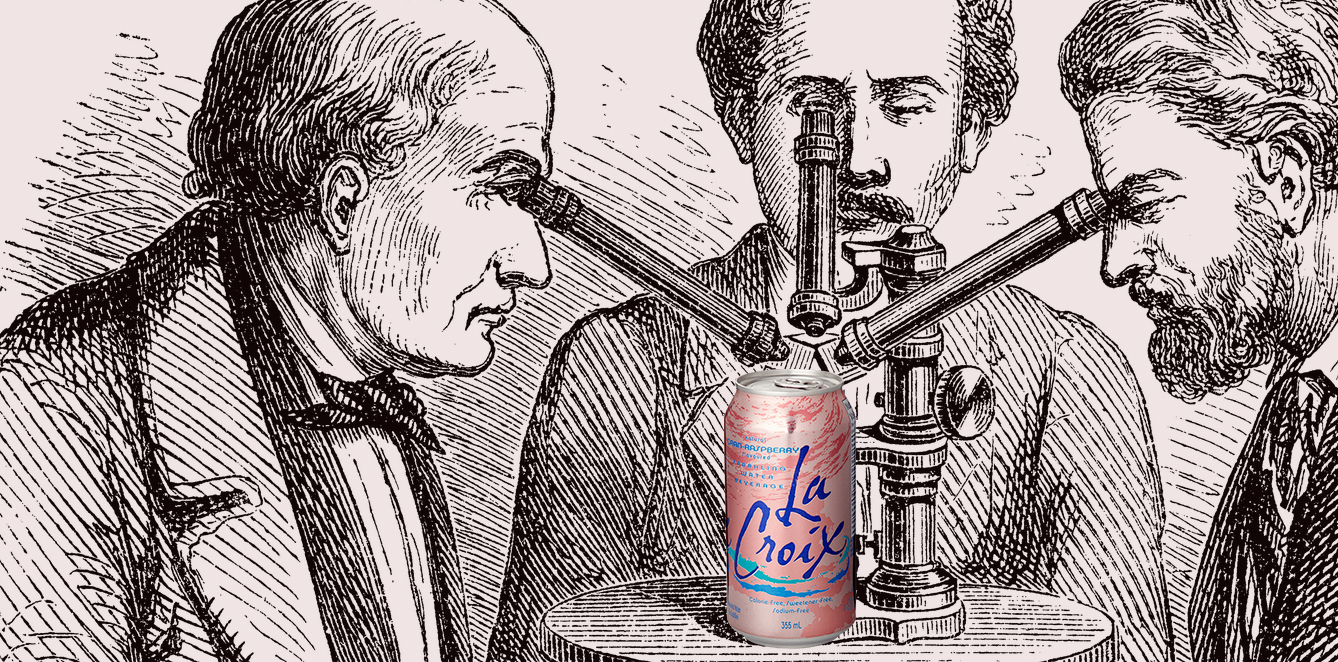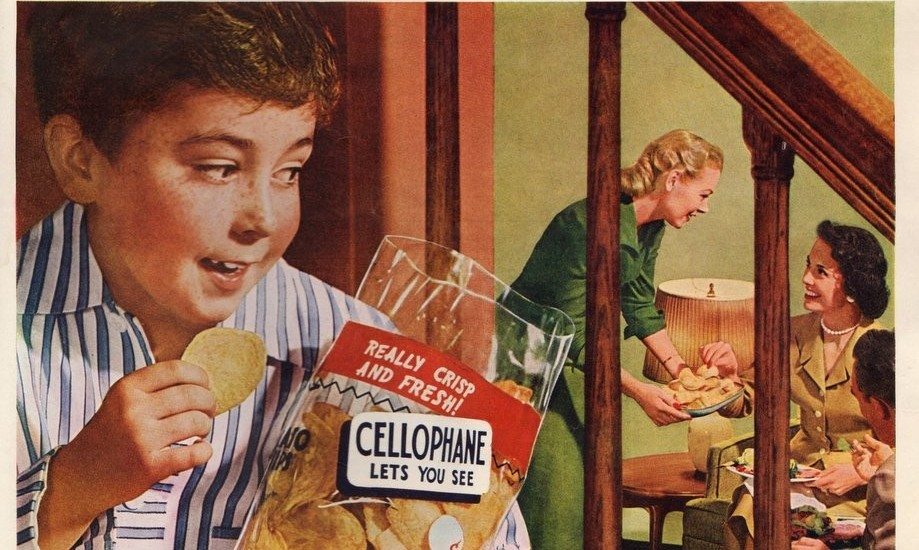After years of hot debate, the FDA’s decision last month to include “added sugars” to the Nutrition Facts labels on packaged foods was met, in the end, with relatively little opposition. Big candy companies like Mars and Nestle eventually signed onto it, as did the Grocery Manufacturers Association, the Big Food lobbying group that rarely backs down from a fight.
The holdouts were those most directly affected: the sugar industry (through its lobbyist, the Sugar Association, which issued a statement calling the FDA’s dietary guidance “Agenda based, Not Science Based.”) and makers of soft drinks. On their side were pundits leery of anything reeking of a nanny state. Predictably enough, individual liberty-loving Reason magazine lambasted the new rules (in an argument that opened with the observation that a competitive eater probably didn’t look at the label before scarfing down 22 servings of Cinnamon Toast Crunch). Less predictably, perhaps: Chuck Norris came out in favor of the rules.
Left: the old label. Right: the proposed label. Changes include larger calorie font and an additional line for added sugar
In one important respect, the critics are absolutely right: the FDA does, in fact, have an agenda, as the Sugar Association charged. Unless their formulations are changed, products will have the same amount of sugar in them regardless of whether the amounts added by manufacturers are broken out on the label. And, in isolation, naturally occurring sugars are no different from “added sugars” in terms of their health effects. The information conveyed to consumers by the new rules isn’t strictly nutritional: it’s political. It’s telling them, here’s how much sugar the industry is shoveling into our food supply, both in this specific instance, and generally. The FDA has formally, if not quite explicitly, designated “added sugars” as something to be avoided.
This of course is what bothers the anti-nanny state people.
“As President George H.W. Bush declared in signing the law that gave rise to the now ubiquitous Nutrition Facts label in 1990, the purpose of the label is ‘to assist consumers in selecting a healthful diet,'” wrote Reason‘s Baylen Linnekin, a libertarian food-policy scholar and advocate. “In announcing the latest changes … the FDA gave the Nutrition Facts label a far broader and more generalized mission: to ‘make it easier for consumers to make informed choices about what they’re eating.’ Have consumers been uninformed or misinformed by the existing label?”
Well, yes: Consumers have been misinformed about how much sugar is being added to their food. And if you don’t see much difference between what Bush declared in 1990 when the label was created and what the FDA said last month, you’re not crazy. The agency is simply fulfilling its mission, and no matter what it decided, it would be acting politically.
“From the get-go, the food label was aimed at informing the public as well as at encouraging food companies to make healthier products,” nutritionist Marion Nestle writes in an email. “If the food companies start reducing the amount of added sugars in food, then the FDA’s political mission–its agenda–will have been successful.”
As with all political decisions, there are caveats and downsides. In this case, the emphasis on “added sugars” could cause some people to believe that naturally occurring sugars are somehow better for them. Of course, they are not. But nobody’s pretending that they are. Still, it was only recently that people began to fully realize that, for example, eight ounces of orange juice contains about as much sugar as eight ounces of Coca-Cola. And juice sales have fallen off a cliff, just as have sales of sugary sodas.
The crucial difference, Nestle points out, is that Coke is the very definition of “empty calories,” while orange juice, and fruit, and nearly every other source of naturally occurring sugars also contains nutrients. “For the most part,” Nestle writes, “naturally sweet foods are healthier. Raisins, for example, have lots of vitamins, minerals, and fiber, and their sugars are absorbed more slowly.” Orange juice, she continues, “is also a good source of nutrients and most people drink relatively small amounts of it. There’s a big nutritional difference between 100 percent fruit juice and fruit-flavored drinks.”
Of course, food companies will no doubt run with this, increasing their use of the phrase “No Added Sugars” in advertising fruit juices and other products containing natural sugars. They do the same with “Contains No GMOs” and, worse, “Made With Real Sugar.” The food industry has its own critics to thank for this marketing opportunity. Loud critiques of GMOs and high-fructose corn syrup gave them a perfect marketing opportunity. In the latter case, there is basically no difference from a health standpoint between HFCS and “real” sugar, but critics’ insistence that there is has allowed the industry to imply that “real” sugar is somehow better for you.
In this case, though, the tradeoff is worth it. Writes Nestle: “I think letting OJ and raisins be advertised as ‘no added sugar’ is a small price to pay for informing the public how much sugar companies are adding to packaged foods and the encouragement companies will get to reduce those amounts.”












